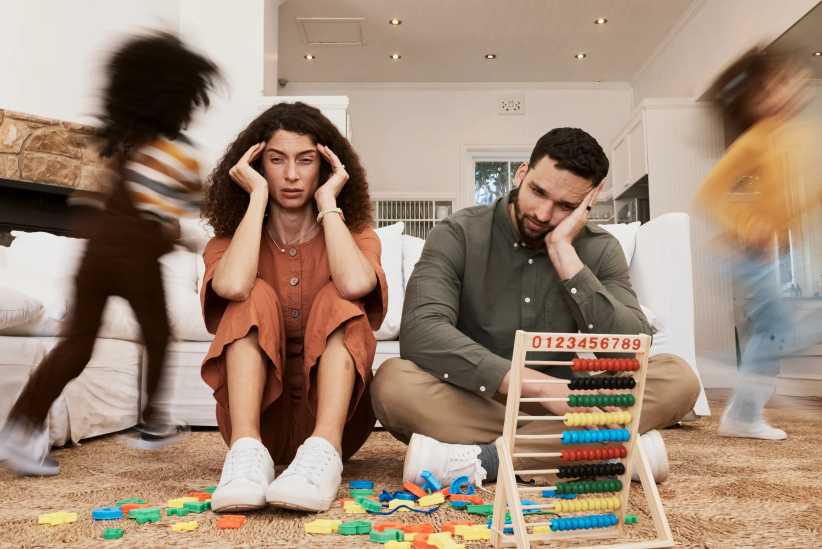My tween-aged son is excited about ice skating with his friends this winter, but he and I are at an impasse: I insist that he wear a helmet and protective gear, and he is mortified at appearing “uncool” at the skating rink. But I feel my resolve weakening. I was young once and remember having the same worry in front of my friends. And no one thought of wearing helmets for skating when we were kids. What should I do?
You know what’s really uncool? Brain damage from head trauma, or having your parents help you bathe because your wrist is fractured, or fingers severed by passing blades. Although convincing your son about the risks of skating unprotected may feel frustrating for both of you, I suggest that you insist he wear a helmet and protective gear at the rink.
Pediatric emergency room data shows that most of the ice skating-related injuries occur in children younger than 16. Younger people tend to have less experience on skates, but they tend to be more reckless on them.
The absolute minimum you should allow your son to skate with is wrist guards, a helmet, and protective gloves.
The most common skating injuries seen in emergency rooms in your son’s age group are fractures, specifically fractures of the distal radius — or wrist. Wrist fractures are most often the result of sticking one’s arm out to brace for a fall. An unprotected fall may result in pain or swelling in the wrist, a trip to an emergency room for X-rays, and if the wrist is indeed fractured, referral to an orthopedist for a splint or cast.
However, if wrist guards are worn upon falling, the hardware of the wrist guard absorbs the pressure of the fall. There still may be soreness, but the chances of a fracture would be significantly reduced.
Concussions are another skating injury often seen in hospitals and doctor’s offices — serious injuries that can affect brain function. Children’s heads tend to be disproportionally larger than their bodies and necks than adults’ heads, and this can create a whiplash effect if they receive a blow to the head or body, producing greater acceleration of the brain within the skull.
To minimize the risk of concussion while skating, a helmet is mandatory. As with wrist guards, helmets absorb some of the energy of the fall before it transfers to the skull. However, it is important to remember that concussions can still occur even when wearing a helmet. So be sure that your son knows to tell you if he experiences any of the symptoms of concussion after a fall. These include nausea, imbalance, headache, confusion, light or noise sensitivity, blurred vision, sluggishness, or other odd sensations. If you are unsure, err on the side of caution, and take him to a doctor for a neurological evaluation.
Protective gloves should also be part of the required skating gear. Not only will the gloves keep his hands warm, but protective gloves add a layer of defense between the naked fingers of his just-fallen body and the newly sharpened blades on the skates of the person coming up behind him.
In conclusion, I advise you to stick to your guns and not let him skate without protective gear. Chances are, he will wind up having so much fun skating, he will quickly get over his mortification of looking “uncool.” From this doctor’s point of view, safety is as cool as ice.























